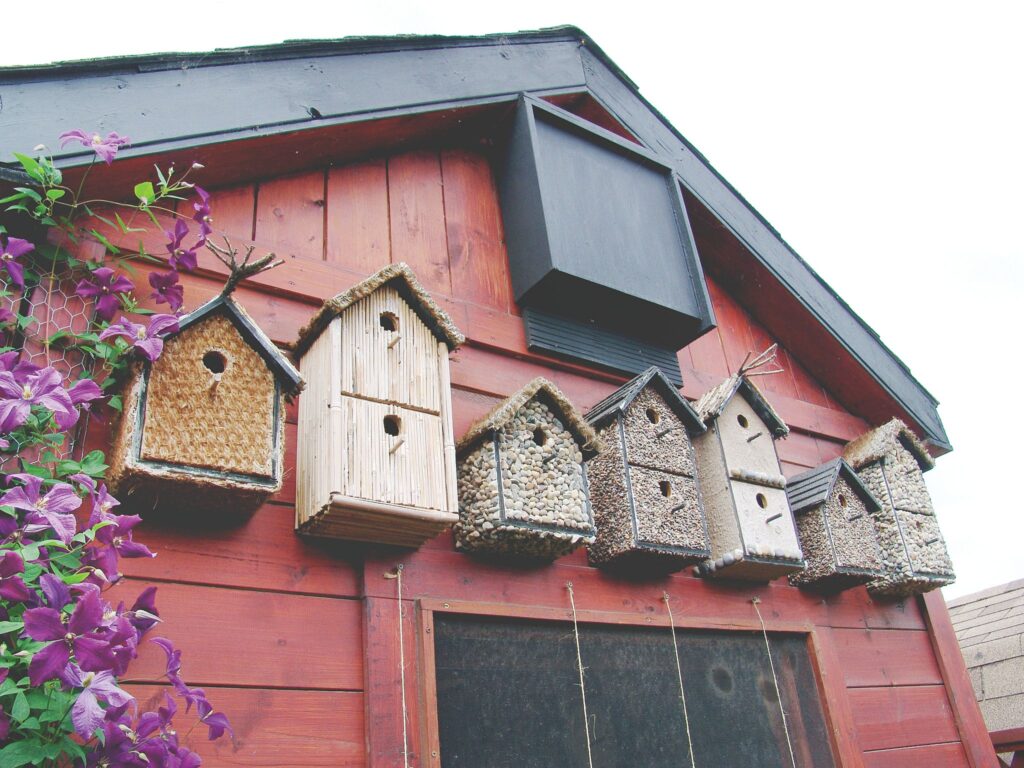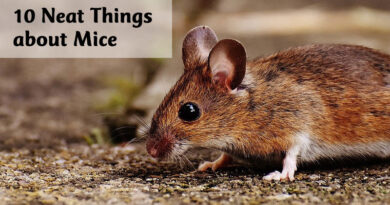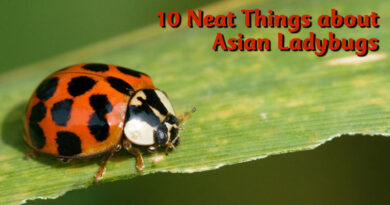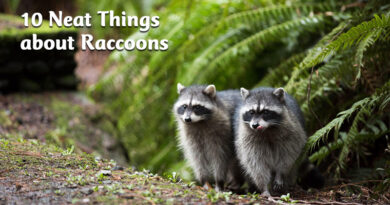Feathered friends: Wild bird real estate
Feather Friends with Sherrie Versluis
Summer is the season of reproduction for wildlife, and wild birds are the most dramatic of all in their courtship habits. Whether it’s the gorgeous song of a male as he serenades for an accepting female, to the dramatic courtship dance between two birds, there is no question that wild birds have the most entertaining nesting season.
The majority of songbirds in Manitoba nest either in trees, shrubs, or even on the ground but a few are described as cavity nesters. This is a bird that would naturally use a hollow in a tree to raise its young. From this, the idea of offering a human-provided cavity came to be, and spring is the time to get the birdhouses ready.
As previously mentioned, only a small variety of birds will use bird houses but most of these birds are very desirable. The most popular is probably the house wren. This tiny little bird has been known to make nests in some very unusual places, like barbecues, plant pots, and even in old boots left out on the deck. The male house wren is known as the “small bird with the voice of a king”, as their melodious song can carry through an entire neighbourhood. He will build several nests and the female will select the one where she will lay between three and 10 eggs, up to two times per season. To attract a house wren to your birdhouse you will want to make sure the hole size is seven-eighths of an inch to one inch in diameter. A seven-eighths-inch hole will allow only a house wren inside, but a one-inch hole will also accommodate a black-capped chickadee.

Chickadees are beloved backyard birds as they are very loyal visitors throughout the year and are known for communicating to those who fill their feeders. I know the chickadees in my yard chatter to me each morning when I go out to do my morning bird-feeding duties – quite loudly if the feeders are empty! Chickadees will have one to three young per clutch and can nest up to two times per season. Their birdhouses should have the one-inch entrance hole.
Once the hole size exceeds one inch, it can pretty much be guaranteed that the visitor will be the very aggressive house sparrow. I have written before of the dreadful behaviour of house sparrows but for those of you who may have missed it, here is a brief description.
This non-native bird is having a very detrimental effect on native birds. House sparrows are so aggressive that if they discover a nest of another bird in or out of a birdhouse, they will break eggs and even kill the young. They are known each summer for decimating the nests/young of Eastern bluebirds, tree swallows, white-breasted nuthatches, purple martins and even doves and robins. One pair of house sparrows can produce up to 40 young per season in a birdhouse! There is a new house design for tree swallows that prevents house sparrows from entering due to its unusual shape. Unfortunately, no other bird has mastered how to enter this hole shape.

All bird houses should be mounted at a minimum height of five feet and can be placed against a tree, shed, house or post. Fences are not always the best location, as squirrels often run along them and will discover the house as a potential food storage unit. They will chew the hole bigger to get in but you can purchase a “predator guard” to prevent this. Birdhouses should never be hung as no natural cavity in nature would be swinging or have motion.
Perches are also an unnatural addition that can attract predators like grackles, who will use the perch to pluck the chicks out of the house. Birdfeeders should be about 15 feet away from any house as nesting birds do not like all the activity a feeder can bring. All birdhouses should be cleaned out each fall so when the nesting birds return in spring the house will be ready to use. For all wild birds, except house sparrows, building a new nest each year is part of their courtship.
With these tips you can experience the joy of watching wild birds raise a family in your backyard. It truly is a wonderful sight, and the birds will be ever so grateful for their home tweet home!
Sherrie Versluis is an avid birder.







